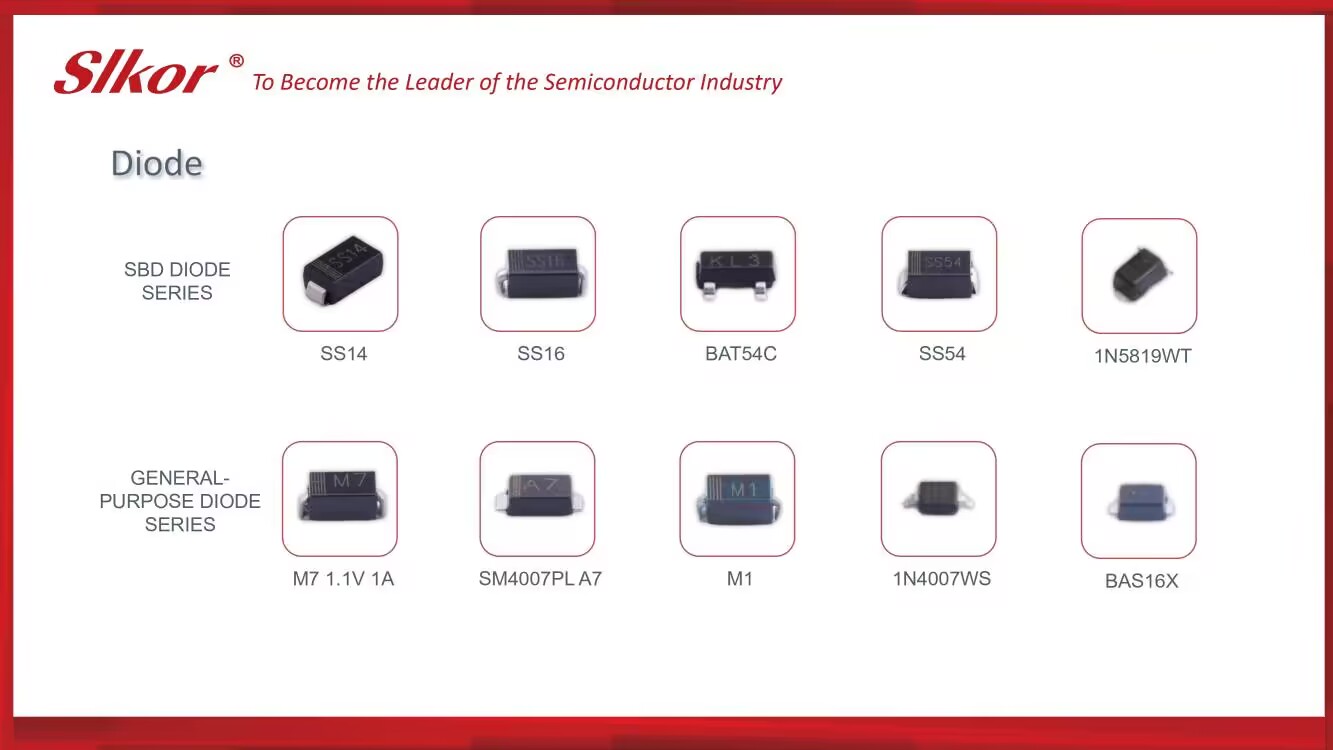) plays a crucial role. It is not merely a power semiconductor device but also a core technology enabling energy conversion, power control, and regulation. This article delves into the definition, working principles, application areas, and pivotal role of
s in electronic devices.
Definition and Significance of IGBTs
IGBT combines the driving characteristics of
MOSFETs with the low voltage drop feature of bipolar transistors, making it widely used in medium to high power switching and amplification applications. Key features include high input impedance, low switching losses, and fast switching speeds, making it an ideal choice for modern power electronic devices. From power inverters to electric vehicle controllers,
IGBTs are ubiquitous, providing efficient energy conversion.
IGBT Modules and Their Functions
An
IGBT module typically includes the
IGBT itself, driver circuitry, and heat sink. The driver circuit controls the switching operation of the
IGBT, ensuring safe and stable performance under various conditions. The heat sink is crucial for effective heat dissipation, preventing device overheating and ensuring long-term reliability.
Working Principles and Measurement of IGBTs
IGBT operates based on electronic control of its gate terminal, regulating the device's conductivity by applying voltage to the gate. Measurements of
IGBTs typically consider parameters such as switching speed, conduction losses, and voltage withstand capability, which directly impact its performance in different circuits.
IGBTs in Inverters and Rectifiers
IGBTs play a critical role in both inverters, which convert DC to AC power, and rectifiers, which perform the reverse conversion. Their efficient conversion characteristics make them indispensable in these devices.
Heat Dissipation and Testing of IGBTs
Due to the heat generated in high power applications, effective heat dissipation is crucial. A well-designed heat dissipation system can extend device lifespan and enhance system reliability. Regular testing of
IGBTs ensures their proper functioning, reducing the risk of unexpected failures.
Applications of IGBTs in Induction Cookers and Variable Frequency Drives
In induction cookers,
IGBTs control the power output of induction heating coils, enabling precise temperature control and efficient energy usage. In variable frequency drives,
IGBTs convert electrical energy into adjustable frequency and voltage AC outputs, widely used in industrial drives and power control systems.
IGBT Brands and Companies
Globally, companies like Infineon, Fuji Electric, and BYD lead in the development and application of
IGBT technology. Through continuous innovation, they drive advancements in the entire power semiconductor market.
IGBT Drivers and Single Chip IGBTs
Designing
IGBT driver circuits requires high precision and reliability to ensure safe operation in diverse environments. Single chip
IGBT designs are also gaining attention, especially in high-frequency switching power supplies and power electronic converters.
Parameters and Short-Circuit Protection of IGBTs
Key parameters of
IGBTs include maximum voltage, maximum current, conduction voltage drop, and switching speed. In applications, short-circuit protection is crucial for ensuring device safety. The short-circuit characteristics and protection features of
IGBTs are essential considerations.
Selection and Use of IGBT Devices
Choosing the right
IGBT device for specific applications involves considering factors such as power requirements, environmental conditions, system integration, and cost-effectiveness. Optimal selection of
IGBTs can significantly enhance device performance and efficiency.
Conclusion
In conclusion, as a core component of modern power electronic technology,
IGBTs not only play a critical role in industrial production and power transmission but also contribute significantly to improving energy efficiency and reducing environmental impact. With ongoing technological advancements and expanding application areas,
IGBTs will continue to be irreplaceable, driving the power electronics industry to higher levels.










